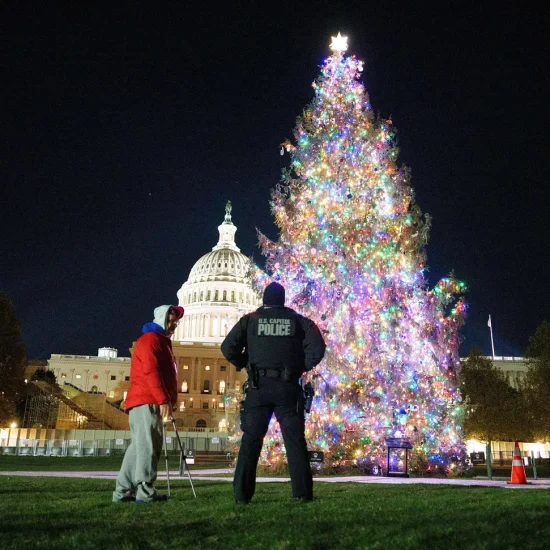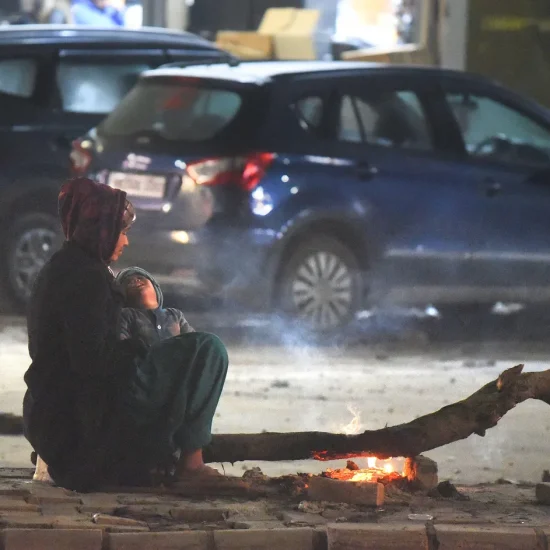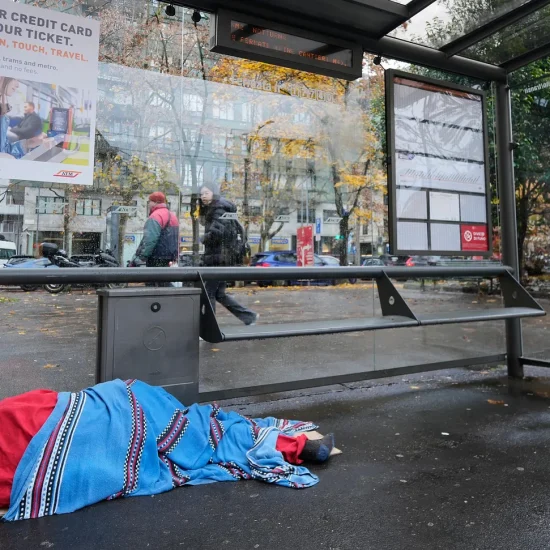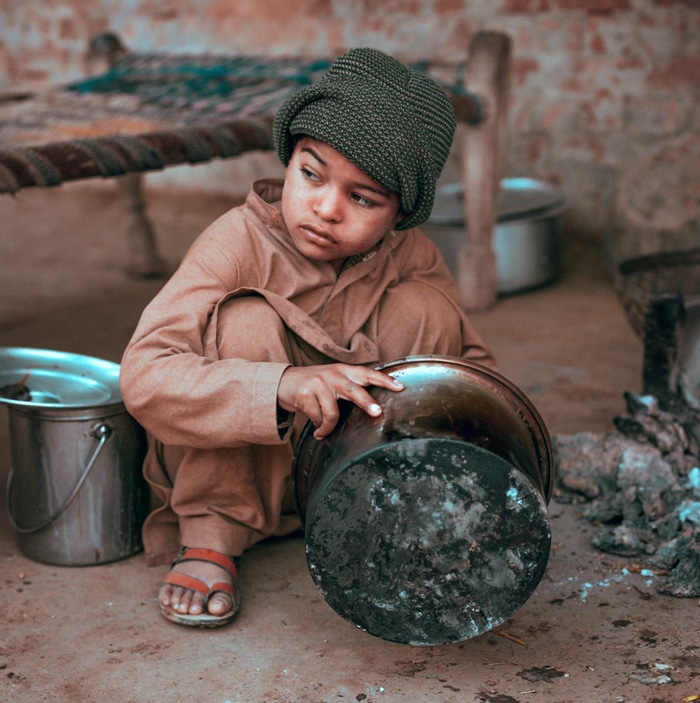
Only 35 percent of the world’s children have social safety net protections available to them, according to a joint report published Feb. 6 by the International Labor Organization (ILO) and the United Nations Children’s Fund (UNICEF).
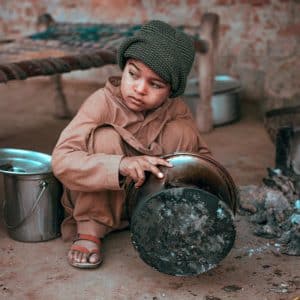
Photo by Muhammad Muzamil on Unsplash
Significant disparities exist by region, ranging from 88 percent social safety net coverage in Europe and Central Asia to 16 percent coverage in Africa.
Social safety nets help meet pressing needs of families through cash transfers, food assistance initiatives and public works programs.
Cash transfers have been shown effective in improving children’s nutrition and health and increasing educational enrollment and achievement.
Yet, 72 of 215 territories and nations analyzed in the report do not have national laws providing cash assistance programs for children in poverty.
Other recent studies published by the World Bank and the Center on Budget and Policy Priorities have concluded that social safety net programs help reduce poverty and inequality.
“The relationship between poverty, cash transfers and child protection issues is complex. Poverty can exacerbate children’s vulnerability to violence, exploitation and neglect; financial stress in a family can push children into illicit work and conflict with the law and can lead to child marriage,” the ILO-UNICEF report explained.
“Cash is no substitute for a society adopting appropriate norms and laws protecting children, such as legislation prohibiting child labor or safeguarding children against abuse or exposure to violence. However, cash transfers can be an important driver behind some child protection issues.”
Expanding access to social safety net protections is crucial to reduce child poverty, the report said, as 385 million children (19.7 percent of all minors) currently live on less than $1.90 per day.
Nearly half (42.5 percent), or 240 million, of this total are age 9 or younger. By comparison, 382 million persons 18 years or older live in extreme poverty.
Half of the total children facing extreme poverty live in Africa and one-third in South Asia. The report projects that around 90 percent of all children in extreme poverty will be from sub-Saharan Africa by 2030.
The numbers increase significantly when a poverty threshold of $3.10 per day is used, raising the number of impoverished children to 45 percent of all minors worldwide.
“The right to social protection applies to everyone at every stage of life and is clearly spelled out in the Universal Declaration of Human Rights,” the report said. “For children, social protection takes on a special significance since the negative effects of poverty and deprivation in childhood have ramifications that can last a lifetime.”
The full report is available here.
This article originally appeared on EthicsDaily.com.


